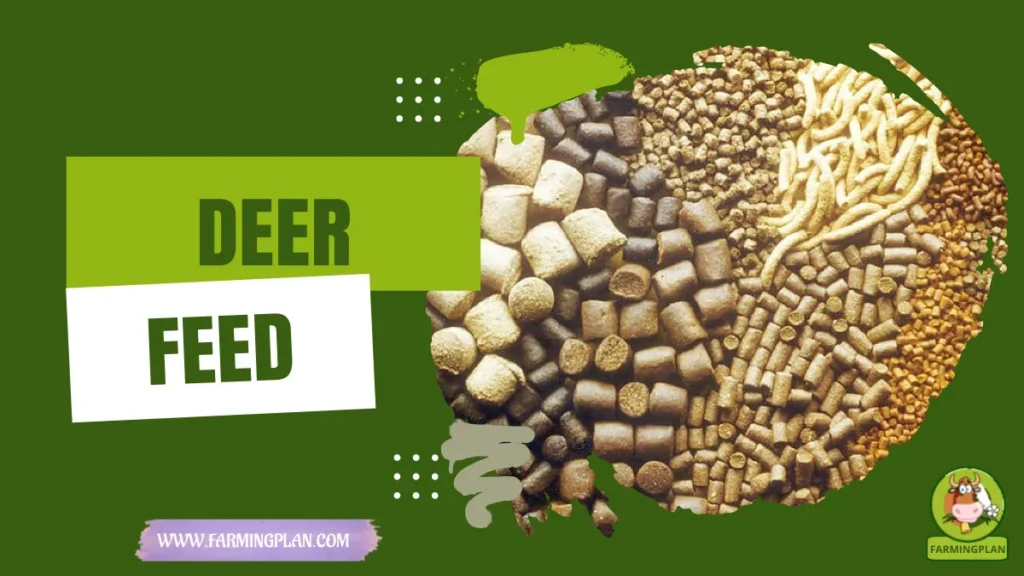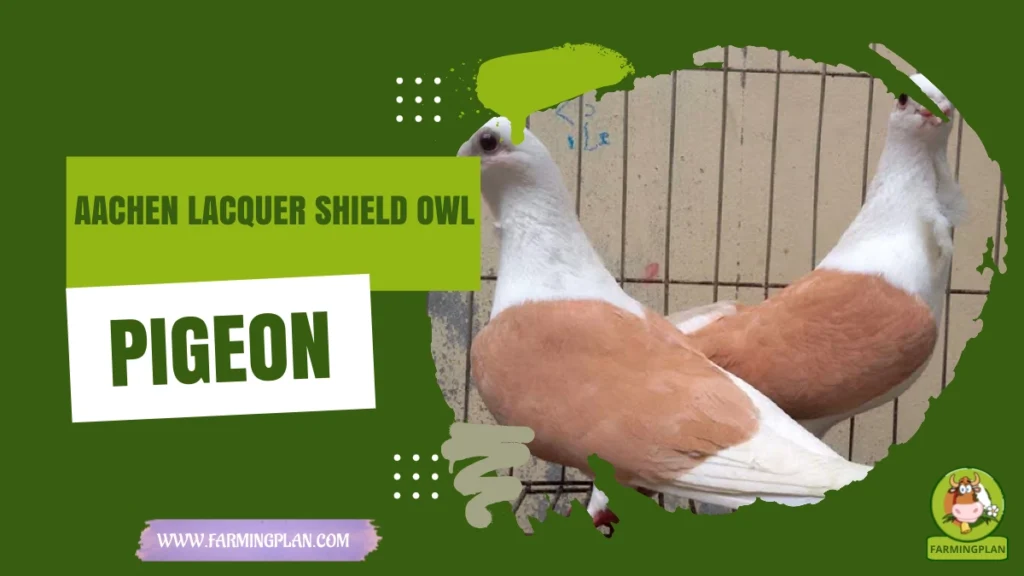The Sorraia Horse is one of those rare breeds that feels like a bridge between today’s stable and yesterday’s wilderness. This ancient Iberian horse, known for its convex profile, primitive markings, and zebra-striped legs, is more than just a pretty face—it’s a survivor with a story. With ties to the Sorraia River, Christopher Columbus, and even the presently-extinct Tarpan horse breed, the Sorraia holds a unique spot in the lineup of Iberian horse breeds. Whether you’re a breeder, a farmer, or a wild-at-heart horse lover, this guide will walk you through everything from its origins and traits to feeding tips, health needs, and daily care routines.
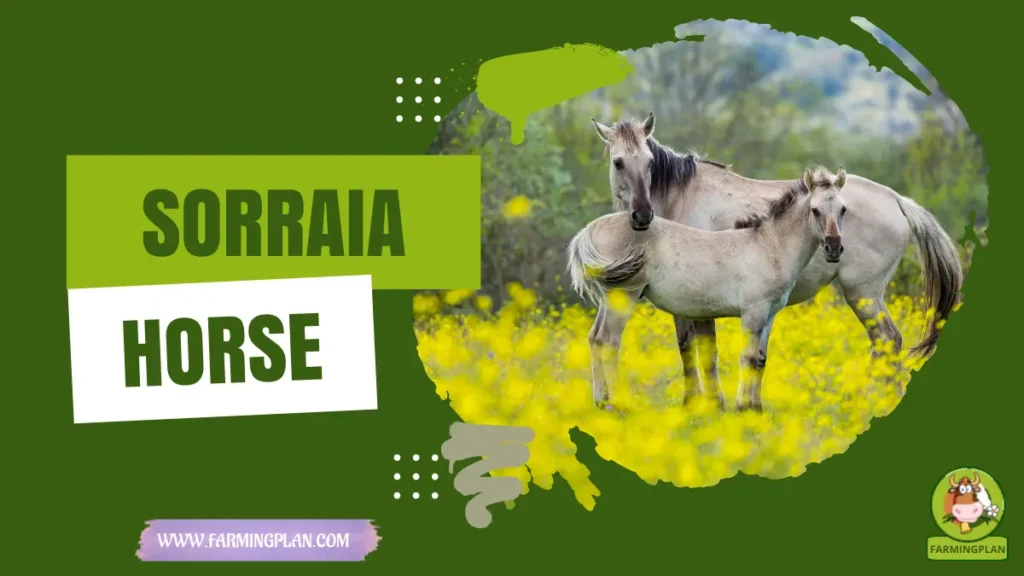
History & Origin of Sorraia Horse
Let’s hop in a time machine—because this horse is ancient. The Sorraia Horse hails from the Iberian Peninsula, specifically, the Sorraia River valley in Portugal. Its lineage stretches back to primitive horses that roamed wild in river valleys and salt marshes. Once used by farmers for centuries, they were essential pack animals known for their hardiness and survival instincts.
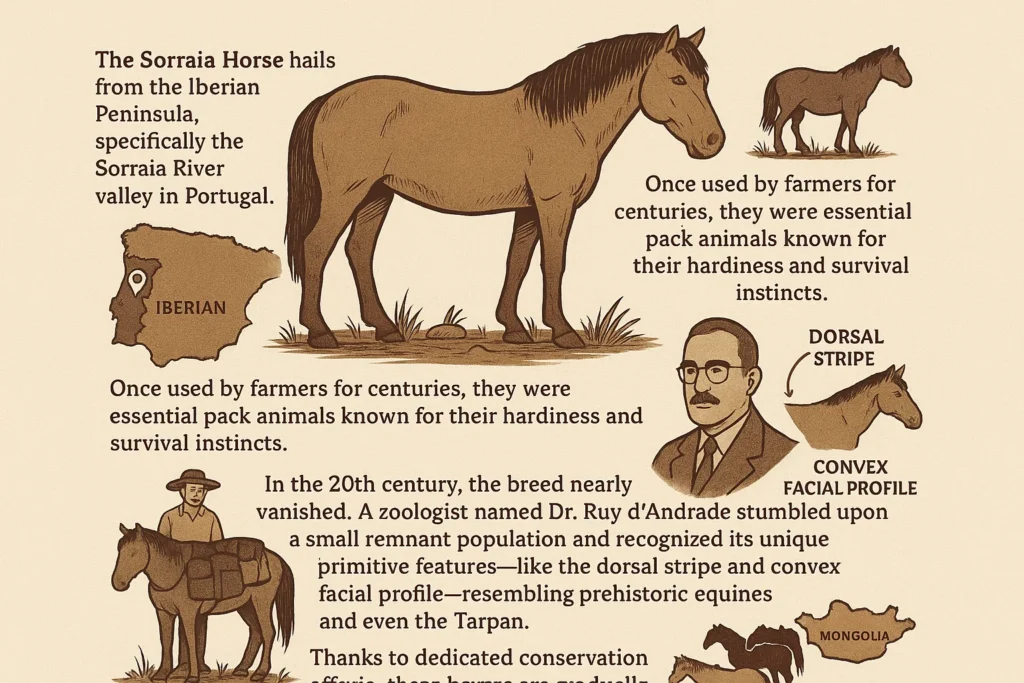
In the 20th century, the breed nearly vanished. A zoologist named Dr. Ruy d’Andrade stumbled upon a small remnant population and recognized its unique primitive features—like the dorsal stripe and convex facial profile—resembling prehistoric equines and even the Tarpan. Thanks to dedicated conservation efforts, these horses are gradually recovering, though they remain an endangered breed. Their bloodlines are also connected to North African and Mongolian horses, hinting at deep genetic roots in global equine history.
Characteristics of Sorraia Horse
Sorraia horses don’t need fancy tack or dramatic flair to stand out—they’re naturally striking. With a dun-colored coat that ranges from light grayish-tan to almost brown, Sorraias are known for primitive markings like a dark dorsal stripe, shoulder stripes, and horizontal leg bars that resemble zebra stripes. Their black manes and tails often have lighter-colored hairs, a look sometimes called a “hair stroke.” Physically, they have a slim neck, deep chest, and narrow body—all features adapted for endurance riding and rugged terrain.
Their facial profile is typically convex, giving them a noble, alert expression. When fully grown, a typical Sorraia horse measures 13.2 to 14.2 hands. They’re not giants but strong and agile, perfect for herding bulls, long treks, or light farm work.
Nature & Temperament of Sorraia Horse
If you’re into horses that have a bit of wildness in their soul, the Sorraia horse might steal your heart. These horses are alert, independent, and sometimes a bit reserved. They’re not your average cuddle bug—think of them as a loyal, one-person horse that takes time to bond but stays intensely loyal once trust is earned.
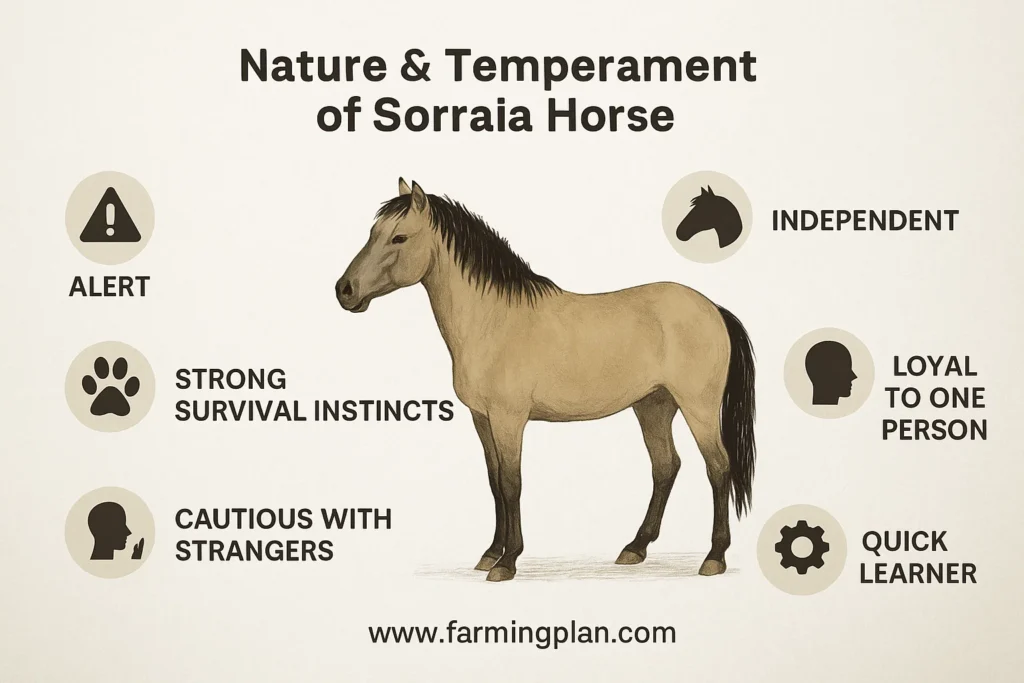
Because of their semiferal background, they have strong survival instincts and can be cautious around strangers. That said, they’re knowledgeable and quick learners. I’ve found them surprisingly sensitive to voice cues and calm handling. They’re ideal for experienced riders or dedicated owners who appreciate a horse with depth—like adopting a rescued mutt who turns out to be your best friend.
Read More: Knabstrupper Horse: The Spotted Beauty That Turns Heads Everywhere
Food & Diet of Sorraia Horse
Feeding a Sorraia Horse is like prepping meals for an athlete who grew up in the wild. They don’t need excessive grain or luxury feed. Their diet should be high-fiber and forage-based, focusing on quality hay, pasture, and fresh water. I usually give my free-choice hay and rotate them through grassy paddocks.
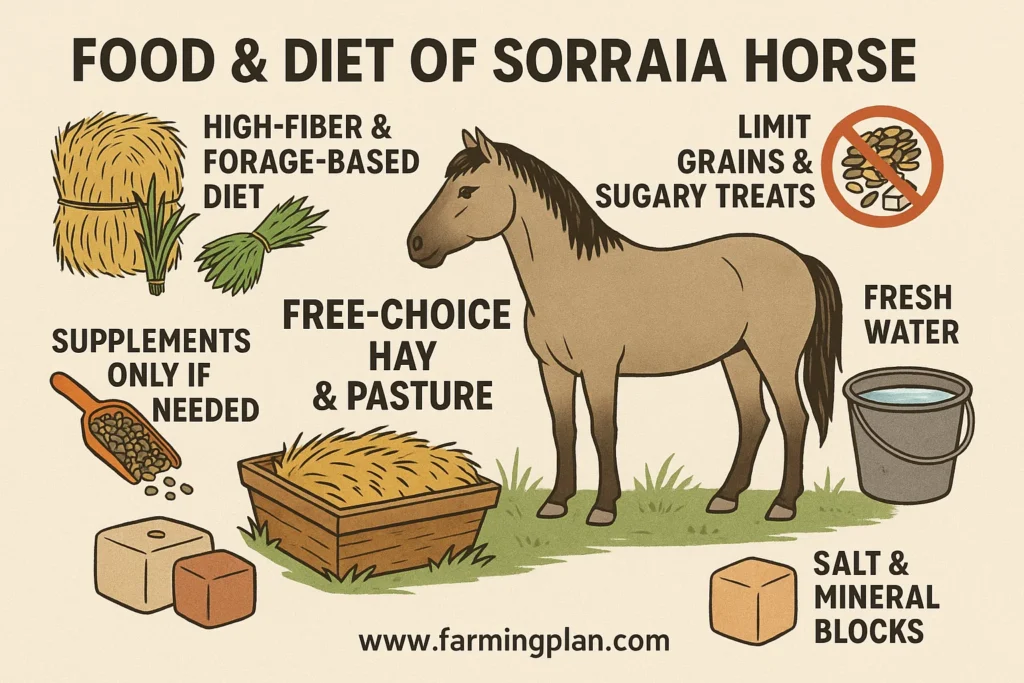
Overfeeding grains or sugary treats can lead to problems like colic or fat, so I keep it simple—only adding supplements if the vet recommends them. These horses often thrive on a low-maintenance diet, which is great if you’re watching your feed bills. Salt licks and mineral blocks are helpful, too, especially in warmer months.
Usage & Purpose of Sorraia Horse
Though small in size, the Sorraia horse is mighty in versatility. Traditionally used as pack animals and for herding livestock, they’re great for trail riding, endurance events, and even light farm work. Sorraias have been used in cross-country riding and conservation projects thanks to their agility and resilience. And if you’re a breeder, they bring unique genetic diversity to modern breeding programs. While not flashy show horses, they are incredibly robust animals with morphological features that can be passed down to strengthen other lines. Think of them as the sturdy, dependable heroes of the equine world.
Special Features
What makes the Sorraia horse stand out? Let’s count a few showstoppers:
- Primitive Markings: They’re walking art pieces from the dorsal stripe to leg zebra stripes.
- Convex Profile: That proud, ancient Roman-nose look isn’t just unique—it’s genetically rare.
- Endurance: These horses are built to survive with minimal input, perfect for rough terrain.
- Ancient Lineage: DNA links them to ancient horses and American Mustangs.
- Conservation Icon: They’re poster horses (literally) for endangered horse breeds and international conservation efforts.
A Calm Hand And A Little Patience Turn Even The Wildest Horse Into A Loyal Partner. Trust Builds One Brush Stroke At A Time.
Health Issues & Prevention
For all their ruggedness, Sorraia Horses aren’t completely invincible. Common issues include:
- Hoof problems due to wet conditions—always keep hooves trimmed and dry.
- Parasites—especially if they’re on pasture year-round. Stick to a deworming schedule.
- Nutrient deficiencies if the diet lacks variety—especially selenium or copper.
Routine vet checkups are essential. I do quarterly wellness checks, rotate wormers, and keep their vaccines current. Since these horses are semiferal, they can mask symptoms, so daily observation is key. Sure! Here’s a revised version with a short description of the section title and an expanded, more detailed version of each step with clear, practical advice and a friendly, experienced tone.
Read More: Marwari Horse: The Royal Breed That Stands Out with Curved Ears and Courage
Step-by-Step Pet Owner Care Guide
Whether you’re a first-time horse owner or adding a Sorraia to your growing herd, caring for this rare breed takes a thoughtful, hands-on approach. This step-by-step guide walks you through the essentials—from building the right environment to feeding, training, grooming, and maintaining your health—so you can provide your Sorraia with a happy, healthy life.
Step 1: Build a Safe, Open Habitat
Your Sorraia’s home should feel like a personal slice of the wild—safe, spacious, and secure. These horses are used to open landscapes, so the first thing to do is build a roomy paddock or pasture. Aim for at least 1-2 acres per horse, allowing them to stretch their legs, graze, and be horses.
When it comes to fencing, avoid barbed wire at all costs—it’s a hazard waiting to happen. Instead, go with wooden rails, electro braid, or no-climb wire fencing, which keeps them safe without risking cuts or injuries. Shelter is equally essential. A three-sided run-in shed works beautifully. Line the floor with straw, pine shavings, or rubber mats for comfort and easy cleanup. Place it on slightly elevated ground for drainage and orient the opening away from prevailing winds. A good shelter shields from sun, rain, snow, and gusty winds that can really spook a sensitive horse. Remember shade trees if you have them—they provide great natural cover and add a sense of calm to the environment.
Step 2: Establish a Grooming Routine
Grooming isn’t just for looks—it’s essential for health and bonding. Sorraia horses may have low-maintenance coats, but regular grooming helps with circulation, coat health, and trust-building. Start with a rubber curry comb to loosen dirt, sweat, and loose hair. Use circular motions to stimulate the skin and bring oils to the surface. Next, use a stiff-bristle body brush to sweep it all off. Switch to a soft-bristled brush for sensitive areas like the face and legs.
Check under the belly, around the ears, and under the tail—places where ticks or skin issues love to hide. Use a hoof pick daily to remove mud, stones, or debris, and always check for cracks or thrush. This is also a perfect time to observe their behavior. If your usually calm Sorraia flinches or seems uncomfortable, it might be a sign of soreness or injury. Keep sessions short and sweet—especially with young or semi-feral horses—until grooming becomes something they look forward to.
Step 3: Feed Naturally and Monitor Intake
Sorraias do best on a natural, forage-based diet, much like what they’d find in the wild. Think less grain, more grass. The foundation of their diet should be high-quality hay—timothy, orchard, or Bermuda grass hay are excellent choices. If you’ve got healthy pasture, that’s a big bonus.
Provide free-choice access to hay, especially in colder months when grass is sparse. Always ensure they can access fresh, clean water, ideally from a heated bucket or automatic waterer in the winter. Skip the sweet feeds unless your vet says otherwise. Sorraias are easy keepers, and too much grain can lead to problems like founder or insulin resistance. I also recommend offering a trace mineral block or loose minerals formulated for horses. My Sorraia makes a beeline for his salt block after a good run—it’s a slight touch that makes a big difference.
Step 4: Train Slowly with Patience
Training a Sorraia is more like teaching a shy but brilliant student—they might take a little longer to open up, but once they do, they’re stars. Start with basic groundwork: haltering, leading, stopping, and backing. Focus on clear body language and voice cues. Use a rope halter and a long lead line in a quiet area without distractions. Begin with short sessions—10 to 15 minutes max. These horses don’t respond well to force; they need patience, consistency, and positive reinforcement.
Gradually introduce saddling, bridling, and rider weight—but only when they’re ready. If you push too fast, they’ll shut down. I’ve found clicker training works wonders, especially with food-motivated individuals (don’t overdo the treats). Also, Sorraias are great at reading your emotions—if you’re tense, they’ll be too. Stay calm, confident, and kind. That’s the secret sauce.
Step 5: Stay on Top of Health
Preventive care is your best friend when it comes to Sorraias. Start with the basics: routine vaccinations, hoof trims every 6–8 weeks, and annual dental checks. Keep a close eye on body condition, as weight changes can signal underlying issues. Create a care calendar. I use a whiteboard in the tack room and a simple notebook to jot down deworming dates, vet visits, dental checks, and unusual behavior or injuries. You’d be surprised how helpful it is when trying to remember the last time you floated teeth or changed wormers.
Sorraias are hardy but susceptible to parasites, hoof infections, and nutrient deficiencies, especially if kept in non-ideal pasture. Rotate pastures, test your soil if needed, and work with your vet to tailor a deworming plan. Check their legs, eyes, and hooves daily—a 5-minute once-over during feeding or grooming can catch issues early. The goal is to prevent problems before they happen and trust me; your vet bills will thank you.
Expert Tips & Best Practices
- Keep Them Outdoors: They thrive in open environments with fresh air and space to move.
- Bond Through Grooming builds trust, especially with naturally cautious horses.
- Rotate Pastures: It prevents overgrazing and supports parasite control.
- Keep Records: A simple notebook or app can track health, training, and diet.
- Use Natural Horsemanship: Gentle training methods work wonders with this sensitive breed.
Read More: Camargue Horse: From Endangered Beauty to Resilient Legend
FAQ
How tall is a Sorraia Horse?
They typically range from 13.2 to 14.2 hands high—not tall, but strong and agile.
Are Sorraia Horses endangered?
Yes, they’re considered critically endangered, with only a few hundred remaining worldwide.
What is the temperament of the Sorraia Horse?
They’re intelligent, cautious, and bond deeply with one handler. They’re ideal for experienced horse owners.
Can Sorraia Horses be used for riding?
Absolutely! They’re great for trail rides, endurance events, and even herding.
Where can I find a Sorraia horse for sale?
Check with conservation programs or specialized breeders in Portugal, Spain, or North America.
Conclusion
The Sorraia Horse isn’t just another breed—it’s a living legacy of the Iberian Peninsula, a blend of wild spirit and rugged endurance. From their distinctive zebra stripes to their ancient bloodlines, these horses are rare, resilient, and full of personality. Whether you’re in it for conservation, companionship, or the joy of riding something truly unique, the Sorraia is a breed that deserves a second look—and maybe even a forever home in your paddock.

